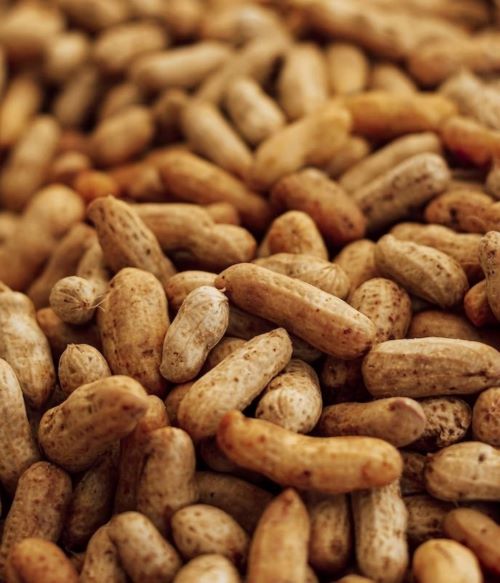W9 Peanut Update: Peanut Emerges as Promising Crop Due To Heat and Drought Resilience, Brazil Became the Leading Exporter of Peanut Oil with China as the Largest Buyer

Peanut Emerges as a Promising Crop in Sustainable Agriculture
In the Scientific World Journal, peanuts are emerging as a promising crop due to their resilience to heat and drought. In Germany, a farmer has embarked on experimental peanut cultivation using seeds sourced from Uzbekistan and basic seed drilling techniques. Despite facing challenges such as frost and rabbit attacks, the farmer has observed that peanuts thrive with ample calcium. Plans involve expanding experimentation, including inoculating peanut kernels with rhizobia and exploring cultivation on dams, as part of ongoing efforts to harness the potential of peanuts in sustainable agriculture.
Brazil Became the Leading Exporter of Peanut Oil in 2023
According to the United States Department of Agriculture (USDA), Brazil emerged as the leading exporter of peanut oil despite being only the 12th largest producer of peanuts globally. In 2023, Brazil shipped 86 thousand metric tons (mt) of peanut oil, with São Paulo contributing 90% of the country's production and more than 28% of product exports. China is the biggest buyer, accounting for 80% of total exports. Brazil's 2023/24 peanut harvest is projected to see a 15% year-on-year (YoY) increase in planted area and a 2% YoY rise in production. However, potential climate issues such as irregular rainfall and high temperatures could affect exports. Despite these potential challenges, the chief executive officer of the Social Assistance Reference Centers of Brazil (CRAS) suggests climate instability will not impact annual peanut oil production in Brazil.
Peanut Prices in India Expected Decline Due to Robust Harvest
Peanut prices in India decreased due to the robust harvest. Traders are getting pressure from the increasing stock, with the current price at USD 1,140 per metric ton (mt) for 50 to 60 counts and USD 1,160/mt for 40 to 50 counts. Although there is surplus stock, warmer weather in the coming months may lead to increased pest activity, impacting groundnut sales. As a result, market dynamics may shift once the portion of the monsoon harvest enters the market.

